Hydrogenation of benzoyl chloride in the presence of Pd on BaSO4 gives
a.Benzyl alcohol
b.Benzaldehyde
c.Benzoic zcid
d.Phenol
The correct Answer is:B
To solve the problem of the hydrogenation of benzoyl chloride in the presence of palladium on barium sulfate (Pd/BaSO4), we can follow these steps:
1. Identify the Reactant:
- The reactant is benzoyl chloride, which has the structure C6H5C(O)Cl. This compound contains a benzene ring (C6H5) attached to a carbonyl group (C=O) and a chlorine atom (Cl).
2. Understand the Catalyst:
- The catalyst used is palladium on barium sulfate (Pd/BaSO4), which is known as Lindlar's catalyst. This catalyst is used for selective hydrogenation reactions.
3. Reaction Mechanism:
- In the presence of hydrogen (H2) and the Lindlar catalyst, the benzoyl chloride undergoes hydrogenation. The chlorine atom (Cl) is replaced by a hydrogen atom (H).
4. Formation of the Product:
- During the hydrogenation process, the carbonyl group (C=O) is reduced to an aldehyde (C=O becomes CHO). Thus, the product formed is benzaldehyde (C6H5CHO).
5. Conclusion:
- Therefore, the hydrogenation of benzoyl chloride in the presence of Pd on BaSO4 yields benzaldehyde.
Final Answer:
The product of the hydrogenation of benzoyl chloride in the presence of palladium on BaSO4 is benzaldehyde.
- The reactant is benzoyl chloride, which has the structure C6H5C(O)Cl. This compound contains a benzene ring (C6H5) attached to a carbonyl group (C=O) and a chlorine atom (Cl).
- The catalyst used is palladium on barium sulfate (Pd/BaSO4), which is known as Lindlar's catalyst. This catalyst is used for selective hydrogenation reactions.
- In the presence of hydrogen (H2) and the Lindlar catalyst, the benzoyl chloride undergoes hydrogenation. The chlorine atom (Cl) is replaced by a hydrogen atom (H).
- During the hydrogenation process, the carbonyl group (C=O) is reduced to an aldehyde (C=O becomes CHO). Thus, the product formed is benzaldehyde (C6H5CHO).
- Therefore, the hydrogenation of benzoyl chloride in the presence of Pd on BaSO4 yields benzaldehyde.
The product of the hydrogenation of benzoyl chloride in the presence of palladium on BaSO4 is benzaldehyde.
Topper's Solved these Questions
- REDUCTION AND OXIDATION REACTION OF ORGANIC COMPOUNDSBOOK - CENGAGE CHEMISTRY ENGLISHCHAPTER - REDUCTION AND OXIDATION REACTION OF ORGANIC COMPOUNDSEXERCISE - SUBJECTIVE TYPE
4 Videos
- REDUCTION AND OXIDATION REACTION OF ORGANIC COMPOUNDSBOOK - CENGAGE CHEMISTRY ENGLISHCHAPTER - REDUCTION AND OXIDATION REACTION OF ORGANIC COMPOUNDSEXERCISE - Exercise (Assertion And Reasoning)
10 Videos
- QUALITATIVE INORGANIC SALT ANALYSISBOOK - CENGAGE CHEMISTRY ENGLISHCHAPTER - QUALITATIVE INORGANIC SALT ANALYSISEXERCISE - Viva Voce Questions And Part-C (Analysis Of Cations)
42 Videos
- SOLID STATEBOOK - CENGAGE CHEMISTRY ENGLISHCHAPTER - SOLID STATEEXERCISE - Ex 1.2 (Objective)
9 Videos
Similar Questions
Knowledge Check
p-aminophenol reacts with one equivalent of acetyl chloride in the presence of pyridine to give mainly:
A B
B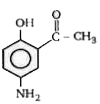 C
C D
D
The reaction of p−aminophenol with one mole of acetyl chloride in presence of pyridine gives :
A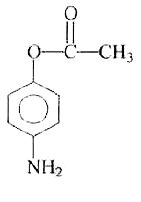 B
B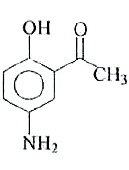 C
C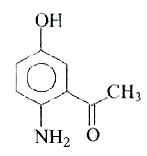 D
D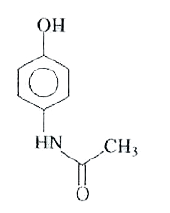
Name the electrophile produced in the reaction of benzene with benzoyl chloride in the presence of anhydrous AlCl3. Name the reaction also.
View SolutionThe reaction of toluene with chlorine in the presence of ferric chloride gives mainly
View Solution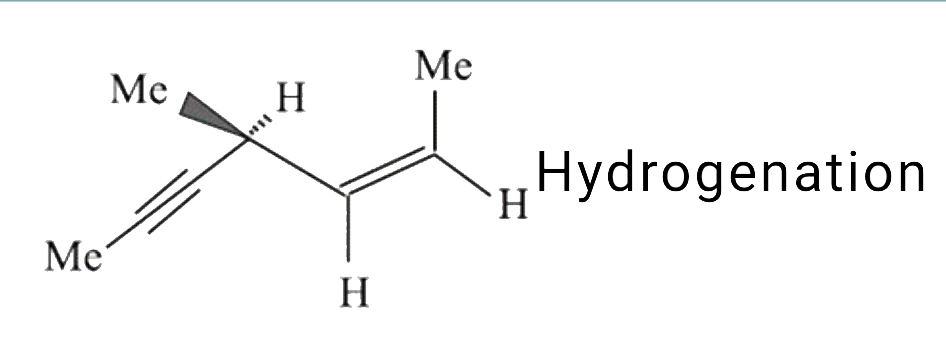 Hydrogenation of the above compound in the presence of sodium in liquid ammonia gives -
Hydrogenation of the above compound in the presence of sodium in liquid ammonia gives -
View Solution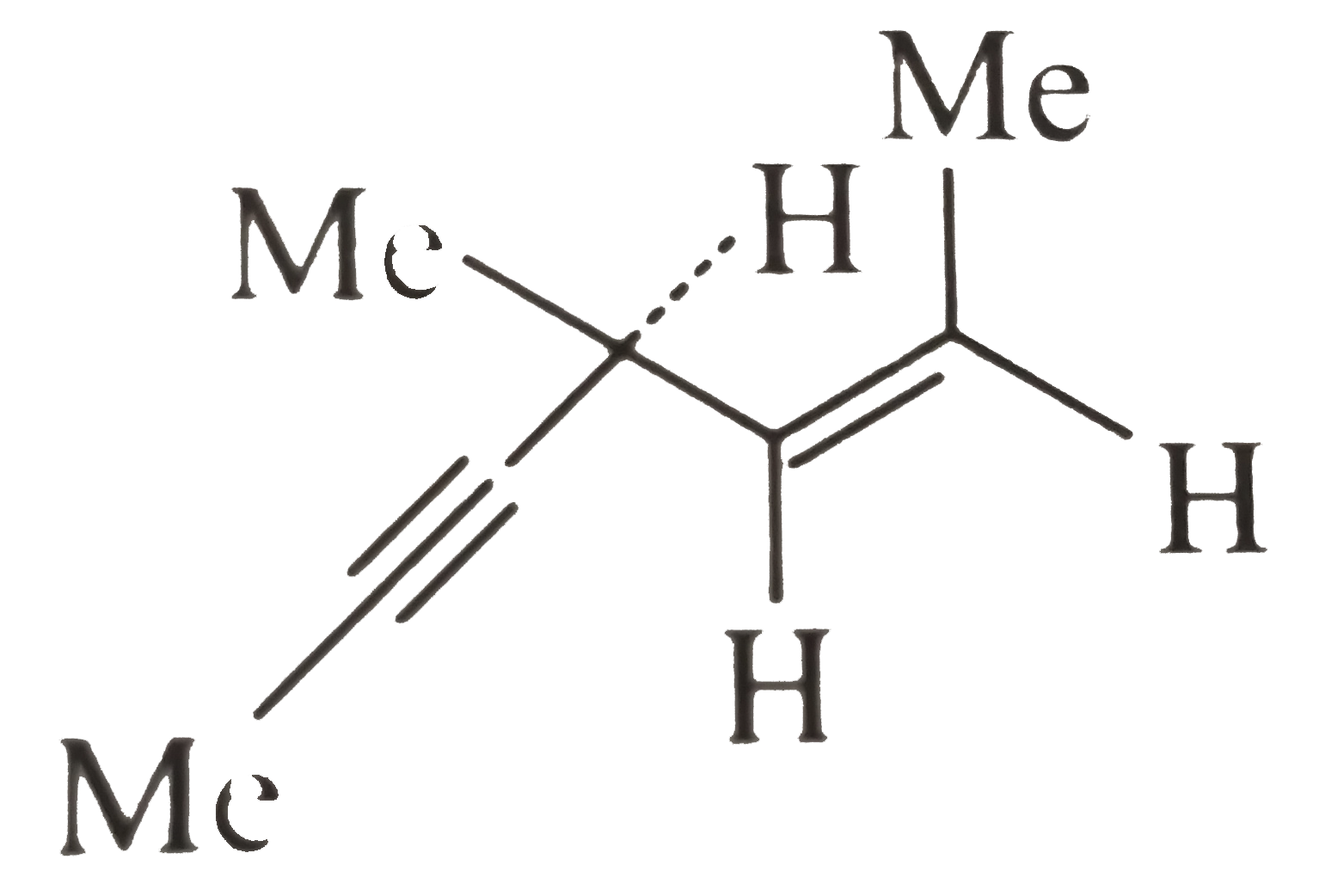
Hydrogenation of the above compound in the presence of poisoned Pd catalyst gives:
View SolutionWrite chemical equations for the following reactions:
(i) Propanone is treated with dilute Ba(OH)2
(ii) Acetophenone is treated with Zn (Hg)/Conc. HCI
(iii) Benzoyl chloride is hydrogenated in presence of Pd/BaSO4.
View SolutionHydrogenation of the adjoining compound in the presence of poisoned palladium catalyst gives.
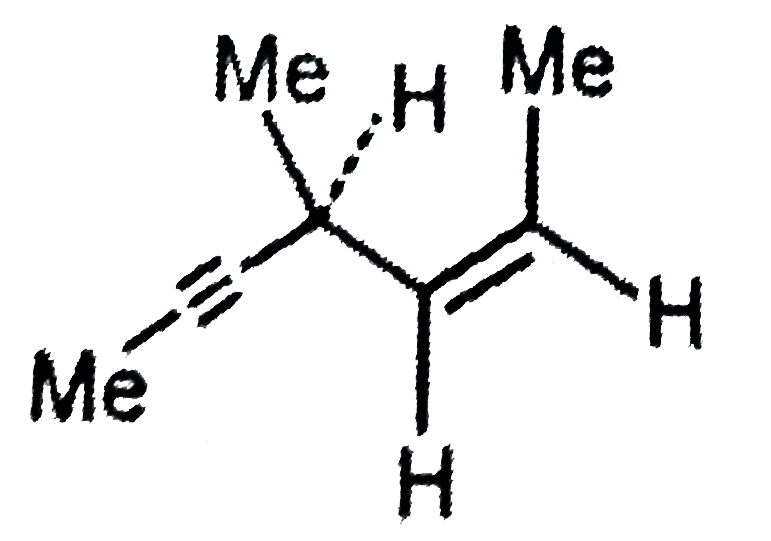
View Solution
